
Trackman
Practice with a purpose.
Instead of asking yourself why you hit a bad shot (or a good shot for that matter), Trackman will have the answer after every shot you make, right on the big hitting screen or on the adjacent computer touch screen with easy to interpret swing data gathered by the Dual Radar Technology
What Trackman can see…
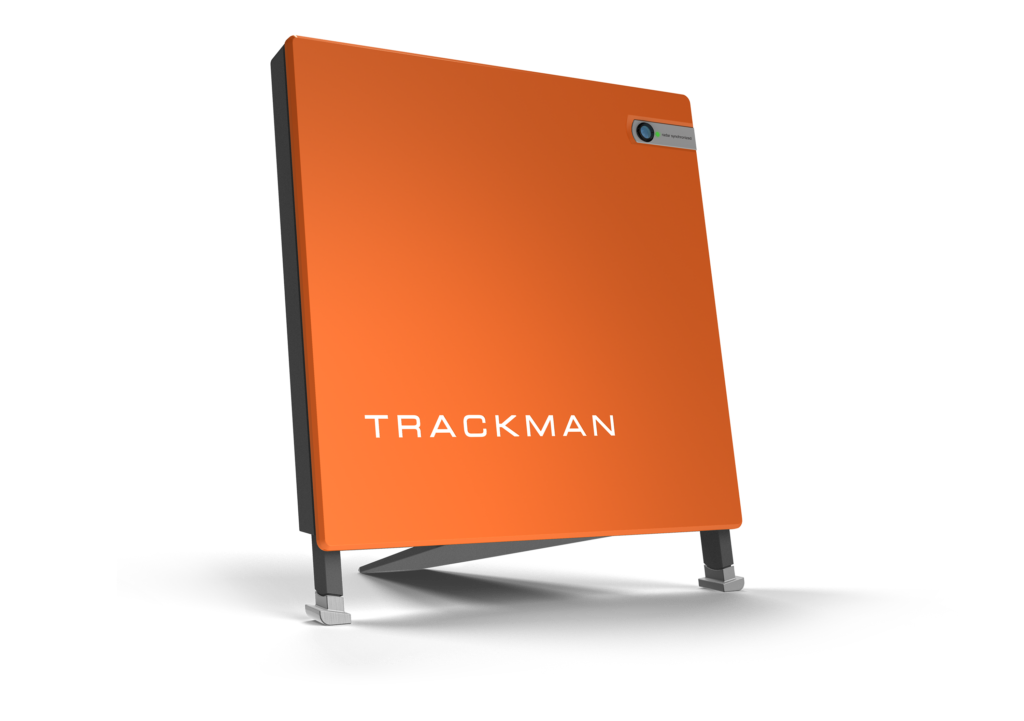
SMASH FACTOR
Smash Factor is ball speed divided by club speed.
Smash Factor relates to the amount of energy transferred from the club head to the golf ball.
The higher the smash factor the better the energy transfer.
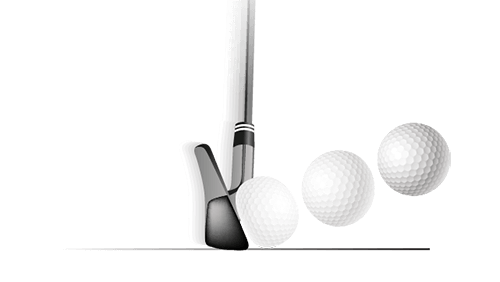
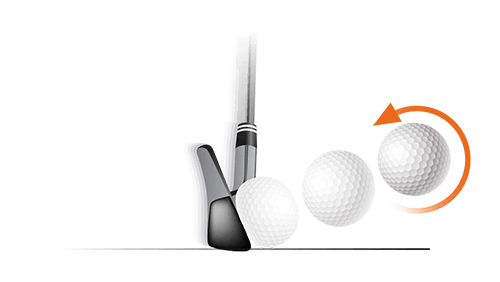
SPIN RATE
Spin Rate is the amount of spin on the golf ball immediately after impact.
Spin rate has a major influence on the height and distance of a shot. Spin rate is one of the least appreciated numbers, especially in windy conditions.
LAUNCH ANGLE
Launch Angle is the angle the ball takes off at relative to the ground.
Launch angle is highly correlated to dynamic loft. Launch angle will always be a little less than dynamic loft, but will have a similar value.
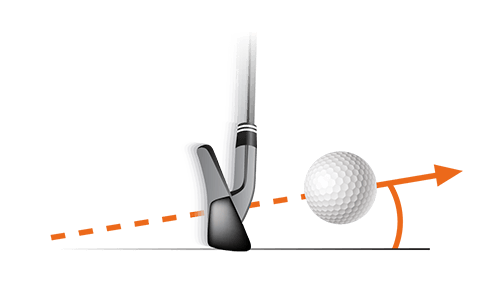
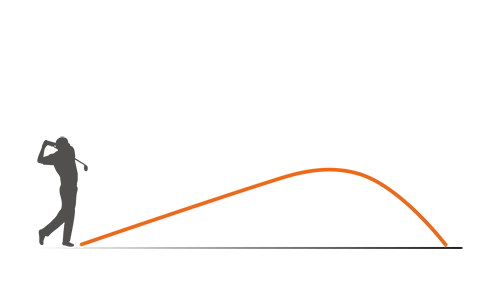
CARRY
Carry is the distance the ball travels through the air.
An important thing to know about carry is that the value is given for a landing area that is the same height as where the ball is hit from. Then the golfer can adjust for uphill and downhill shots on the course
BALL SPEED
Ball Speed is the speed of the golf ball immediately after impact.
Ball speed is created by club speed and impact.
Bad impact such as shots hit on the toe or heel will reduce the potential ball speed.
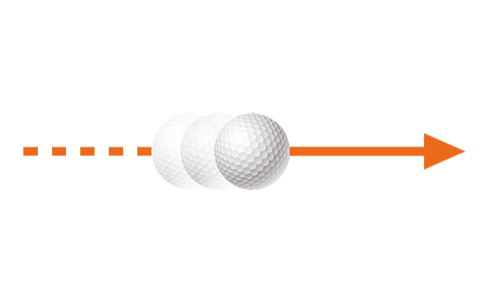
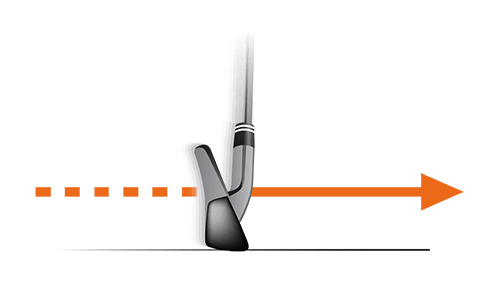
CLUB SPEED
Club Speed determines a golfer’s potential distance.
Club Speed is the speed the club head is traveling immediately prior to impact. More club speed equals more potential distance
DYNAMIC LOFT
Dynamic Loft is the amount of loft on the club face at impact.
The golfer’s attack angle, how the shaft bends, how the golfer releases the club head, whether the club face is open or closed to the club path, and where the ball makes contact on the club face can all impact the dynamic loft.
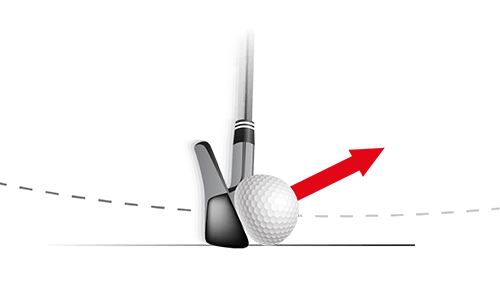
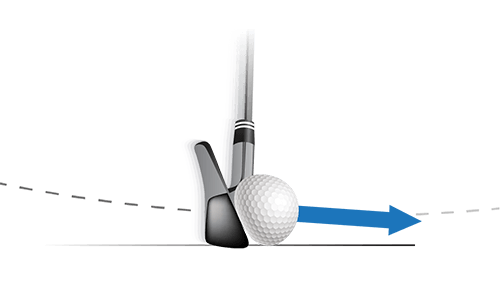
ATTACK ANGLE
Attack Angle is the direction the club head is moving (up or down) at impact.
Shots hit off the ground should have a negative attack angle in order to create “ball first” contact.
However, golfers with slower club speeds should be careful not to hit too much down (negative attack angle) with their irons.
CLUB PATH
Club Path is the direction the club head is moving (right or left) at impact.
Most golfers relate this number to hitting the ball “in-to-out” or “out-to-in”.
A positive value means the club is moving to the right of the target at impact (“in-to-out” for a right-handed golfer) and a negative value means it is moving to the left of the target (“out-to-in” for a right-handed golfer).
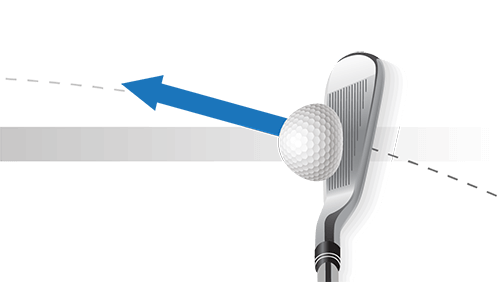
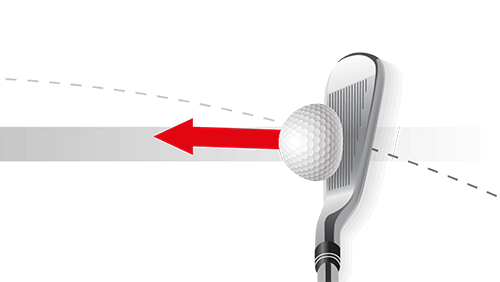
FACE ANGLE
Face Angle is the direction the club face is pointed (right or left) at impact.
Most golfers refer to this as having an “open” or “closed” club face.
A positive value means the club face is pointed to the right of the target at impact (“open” for a right-handed golfer) and a negative value means the club face is pointed to the left of the target (“closed” for a right-handed golfer).

